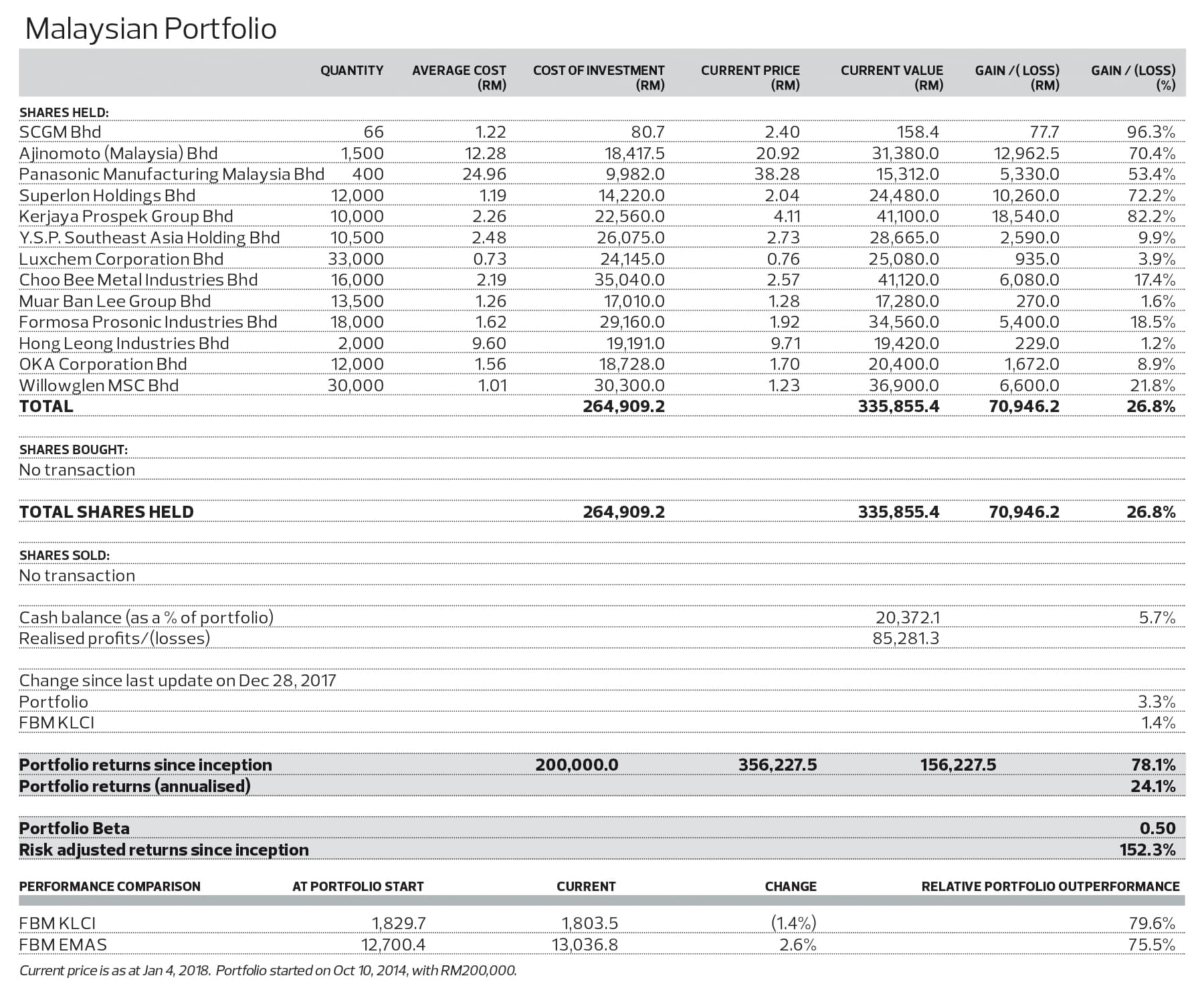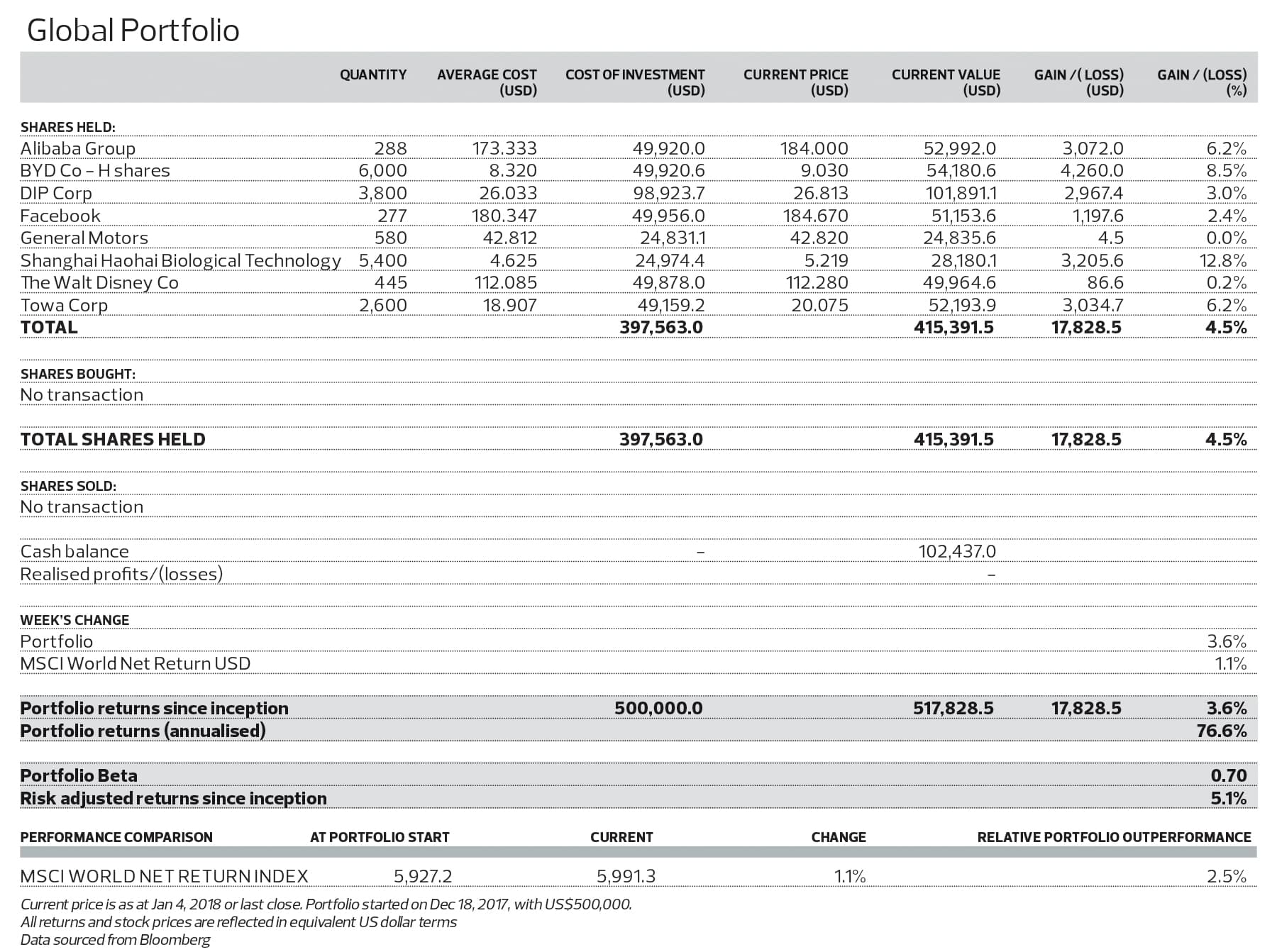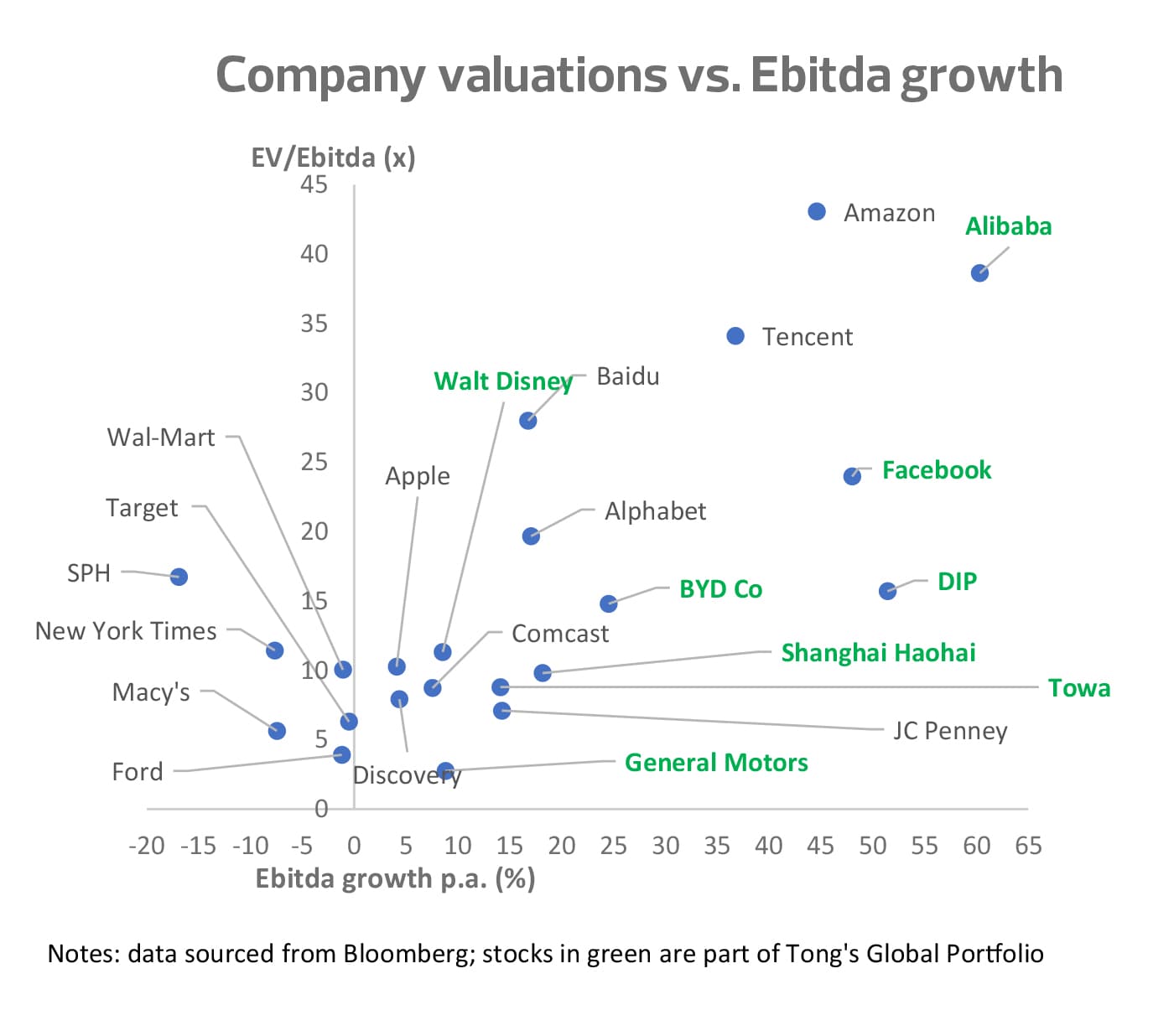
This article first appeared in The Edge Malaysia Weekly on January 8, 2018 - January 14, 2018
The stock market rallies in recent years, especially of technology companies, have made many investors jittery. Even seasoned professionals are wondering if there is too much exuberance and if these technology companies are trading at “obscene or excessive” valuations.
Some even wondered if these technology companies are valued at some new valuation methodologies or more precisely, “mythical” valuation justifications. These arguments gain even more traction when applied to those billion-dollar technology companies that continue to be loss-making.
We have Amazon at a price-to-earnings ratio (PER) of almost 300 times, Netflix at 200 times, and Tencent and Alibaba at above 50 times. Then, there are the unlisted companies such as Uber, valued at some US$60 billion, without ever having made any profit and barely eight years in operation.
So, are we indeed seeing a bubble or have we discovered a new valuation methodology?
Valuation was and always will be the discounted cash flows of the future. An investment is made on the basis of future payback, appropriately discounted for risks and inflation.
Then why are some companies valued at 229 times while others are valued at nine times net earnings? Is the company trading at 229 times excessively valued against the other at nine times? Or is the market simply silly and inefficient?
Obviously, stocks can be overvalued or undervalued and investors who successfully make such analyses stand to profit from it. But valuations have nothing to do with just the PERs.
My purpose of writing this article is to articulate with a simple example why some companies that appear to be “excessively” valued may indeed not be the case. And it explains why I have in my global portfolio some of these companies, such as Alibaba (PER of 56 times), Facebook (PER of 35 times) and BYD Co (PER of 40 times). On the other hand, I choose not to include in my portfolio companies with single-digit PERs, like Ford Motor and Macy’s.
To illustrate, I use four hypothetical companies — A, B, C and D — and assume that we have perfect foresight of their performances for the next 10 years. After Year 10, I assume that all these companies are closed with no further cash flows. All four companies start Year 1 generating $100,000 in revenue, with a profit margin of 10% (to simplify, I assume all financial transactions are in cash, so profits and cash are synonymous). And I use a 5% discount rate for all cases.
Company A is a fairly typical manufacturing company, growing its sales by 10% annually and facing a diminishing return on its factors of production. Its profit margins fall for every additional amount of sales, either because it has to lower prices to sell more or its cost per unit rises. But higher sales will generate higher total profits, so it pursues growth. For its Year 1 net positive cash of $10,000, you would pay $89,547 for this company, or a PER of nine times.
Company B is a highly successful manufacturing company. It is able to grow its sales by an incredible 30% annually but, unlike Company A, it is also able to maintain its profit margin of 10% throughout the 10 years of operation. This could be because its products enjoy elastic demand or because any cost increase can be passed on to its customers. Examples of companies that come close to fitting this description include Kossan Rubber Industries (FY2006-FY2008) and Riverstone Holdings (FY2013-FY2016). For Company B’s Year 1 net positive cash of also $10,000, you would pay $298,533 for this company, or a PER of 29.9 times.
Company C is a technology company, growing its sales by 10% annually. But it has a marginal cost of zero. Regardless of how much sales are made, it has an absolute cost of $90,000 yearly. It has already invested in technology hardware and software, and requires no additional staff whether it sells $100,000 or $1 million of its applications yearly. Examples of companies that come close to fitting this description include Microsoft (FY2009-FY2010, FY2012-FY2013 and FY2016-FY2017). For Company C’s Year 1 net positive cash of also $10,000, you would pay $489,710 for this company, or a PER of 49 times.
Lastly, Company D is similar to Company C, where it enjoys a marginal cost of zero. However, it is able to grow rapidly, at 30% annually, enjoying the network effect of a technology platform enterprise like Amazon, Alphabet, Facebook, Alibaba or Tencent. What would you pay for the same $10,000 of the Year 1 net positive cash for this company? It is an astounding $2,290,370, or a PER of 229 times.
For a summary of the results above, refer to Table 1. I have also included the discounted cash flow (DCF) computations for Company A and D for those keen to check the figures (see Tables 2 and 3).
Whether a company has a PER of “only” nine or a “ridiculous” 229 times, it offers exactly the same value to investors, using the same valuation methodology of discounted cash flows. Critically, valuations of a company are based on the potential of its future cash flows. This is dependent on projected growth in sales and its profit margins. How the company manages its costs and whether it has pricing power to maintain or increase prices of its products.
Many of the successful technology platform enterprises are able to not only grow sales rapidly because the network effect makes their products and services more attractive as more users are drawn to them but also reduce unit costs as sales rise. Take the case of Facebook. As a digital platform, it faces little supply constraints. Its long-term marginal costs approach almost zero. Its challenge really is in demand. Can it continue to generate the 50% annual growth? Where are the limits of its market potential? Will its competitors fight back and how will they do it? When, not if, will it face an even newer technology or a newer start-up that will disrupt its business? And how will it invest to protect its market? It will face regulatory challenges, either to limit its growth or to force the company to pay out more for the content of others. And the reality is that few companies can sustain rising sales and profit margins beyond a few years. The question is, how long these technology companies can sustain such growth.
If PERs are useless in themselves, how then can we make useful comparisons between companies in terms of fundamental valuations? It is all about trade-offs. Price to growth, to liquidity, to volatility, to leverage and others. It is, in reality, a multidimensional exercise. Of course, this is on top of understanding the business model of each company and the structure of the industry.
But here is a useful tool I will share with you to begin your journey in making comparisons between companies, as a first step in understanding relative valuations. This chart is illuminating. We have listed well-known, huge, publicly listed companies on two axes — one, enterprise value to Ebitda (EV/Ebitda) and the other, Ebitda growth. We choose EV/Ebitda rather than PER because some companies have huge amounts of cash while others may be highly leveraged.
As expected, there is a clear positive relationship between EV/Ebitda and Ebitda growth. Or between PER and earnings growth. Companies with strong prospects of high growth in future earnings accrue higher PE or EV/Ebitda multiples.
It explains why I prefer Alibaba and Facebook to Amazon or Apple or Alphabet, why I choose BYD Co and General Motors over Ford and why I think DIP Corp is my best discovery. Try out the exercise yourself. Go discover and have fun. AbsolutelyStocks has all the data, including EV and Ebitda for all companies listed on the SGX and Bursa Malaysia.
I did not make any change to the Global Portfolio and Malaysian Portfolio this week.
Total returns for the Global Portfolio now stand at 3.6% in US dollar terms. This portfolio overperforms its benchmark — the MSCI World Net Return — which is up 1.1%.
Meanwhile, total returns for the Malaysian Portfolio rose to 78.1% after gaining 3.4% in the past week. We continue to overperform the FBM KLCI by a long, long distance.
Disclaimer: This is a personal portfolio for information purposes only and does not constitute a recommendation or solicitation or expression of views to influence readers to buy/sell stocks. Our shareholders, directors and employees may have positions in or may be materially interested in any of the stocks. We may also have or have had dealings with or may provide or have provided content services to the companies mentioned in the reports.
Save by subscribing to us for your print and/or digital copy.
P/S: The Edge is also available on Apple's App Store and Android's Google Play.






